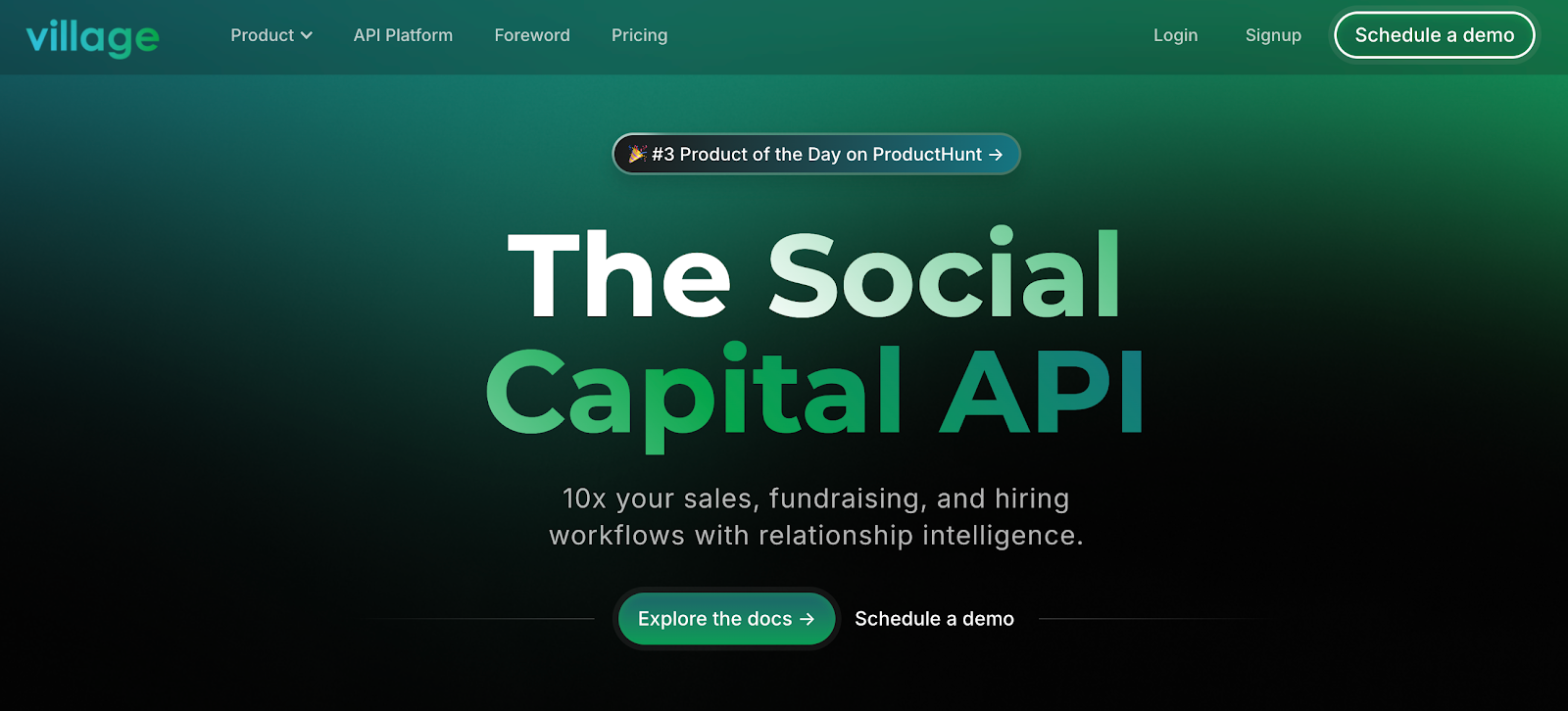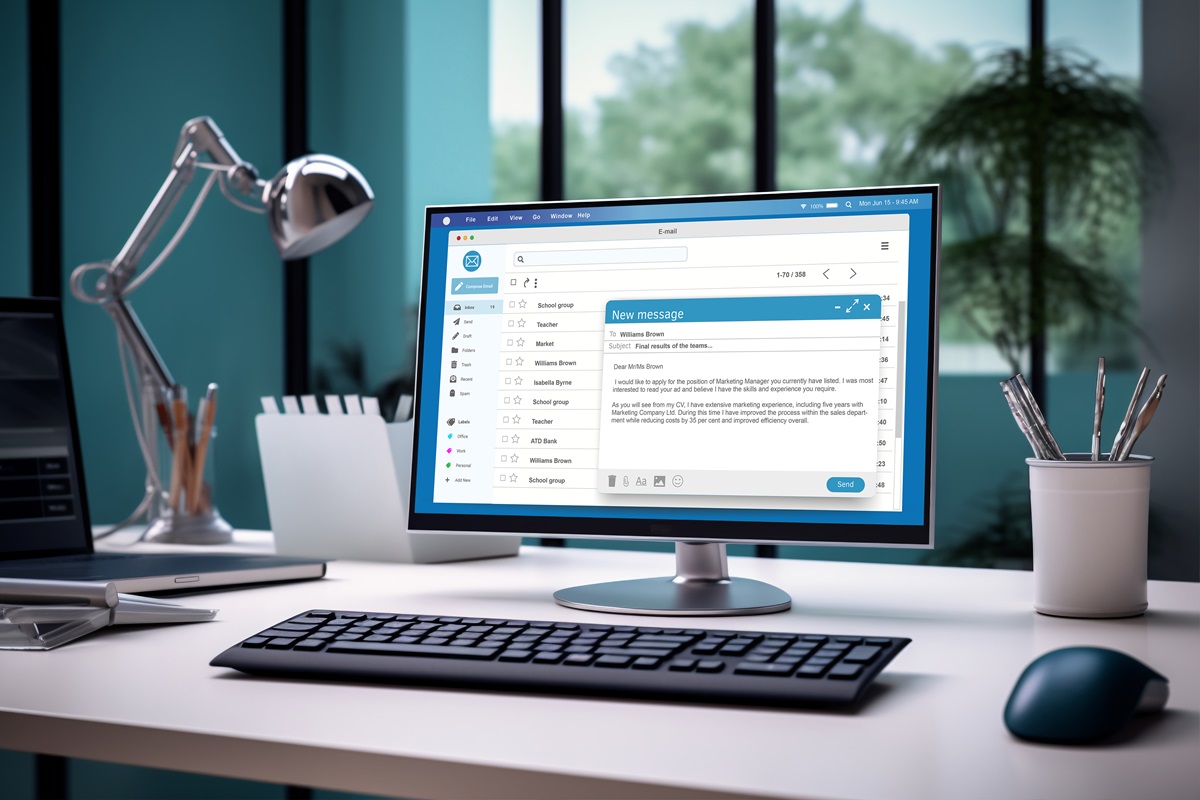Warm outreach or cold outreach?
Most messages never get a reply. Not because your offer is bad, but because the timing is off, the tone feels generic, or there’s no relationship.
That’s the real difference between warm and cold outreach. One picks up where something already started. The other walks in without context.
You’ve probably done both. The question is, which one fits your goal right now?
This guide breaks it all down with clear comparisons, practical examples, and a better way to apply outreach in your daily work.
What Is Cold Outreach?
Cold outreach means contacting someone without a prior relationship. You reach out to cold leads who haven’t interacted with your product, content, or team.
This strategy often supports early-stage lead generation. You send cold emails or use cold calling to reach a large group and hope a few qualified leads enter your sales funnel.
It works when your sales team needs quick volume or when you're testing new marketing strategies. Most cold outreach campaigns see low response rates since the outreach interrupts rather than builds on a connection.
Cold outreach helps you find new prospects, but most cold leads need multiple touches before converting into paying customers.
Cold Outreach Example
Cold outreach means contacting someone without a prior relationship. You reach out to cold leads who haven’t interacted with your product, content, or team.
This strategy often supports early-stage lead generation and helps fill gaps in your sales pipeline. You send cold emails or use cold calling to reach a large group and hope a few qualified leads enter your sales funnel.
It works when your sales team needs quick volume or when you're testing new marketing strategies. But using broad outreach without personalized messages often feels like an interruption rather than the start of a conversation.
Cold outreach helps you find new prospects, but most cold leads need multiple touches before converting into paying customers.
What About Warm Outreach?
Warm outreach focuses on people who already know your name. They might have attended a webinar, downloaded content, or heard about you from mutual contacts.
You’re reaching warm prospects who come with higher engagement. These contacts recognize your email, read your message, and reply faster than those on cold lists.
Trust is already in place. That helps your sales process move quicker and feel less forced.
Warm outreach works best when you:
- Reference a moment they showed interest, such as a webinar signup or a social media comment
- Mention shared contacts to strengthen the connection
- Suggest a simple next step, like a short call or demo
This approach encourages meaningful connections and creates a more natural flow into the sales conversation.
Warm Outreach Example
Someone downloads your whitepaper. You follow up with a warm email that references their download and offers to connect for a quick sales call. They remember your brand and already know what you offer.
This kind of outreach builds on existing interest. You’re not starting from zero. You’re continuing a path they’ve already stepped onto.
Warm outreach focuses on fewer contacts but gets better results. These are high-intent prospects. They’re more likely to reply, book a meeting, and become qualified leads faster.
What Sets Warm Outreach Apart from Cold Outreach?
You’ve seen how cold outreach works. You’ve also seen how warm outreach leads to stronger conversations. Now let’s compare the two side by side.
Connection Level
Cold outreach contacts strangers who have no prior relationship with you. Warm outreach reaches people who showed existing interest through an event signup, a warm email reply, or a referral from mutual contacts.
Personalization
Cold emails and cold calling rely on broad templates because sales reps start with almost zero context. Warm outreach lets you craft outreach messages that mention past touchpoints and address real pain points, which leads to genuine value in the conversation.
Lead Quality
Cold leads often need education before they qualify for the next stage of the sales funnel. Warm leads arrive with higher intent and frequently convert to qualified leads after fewer interactions.
Engagement and Response
Cold outreach campaigns fight for attention in crowded inboxes, so reply rates stay low. Warm prospects recognize your name, which sparks meaningful conversations and helps you build stronger relationships.
Conversion Speed
Cold outreach moves slowly because you’re building trust from the ground up. Warm outreach advances faster, letting your sales team generate leads that become paying customers sooner and lift conversion rates.
Scalability
Cold outreach scales through automation tools and wide lists when you need new leads quickly. Warm outreach focuses on high-intent prospects, trading volume for deeper engagement that delivers more reliable revenue.
Reach Potential Clients Through Trusted Connections
You can avoid the slow grind of cold outreach by jumping straight to channels that connect you with highly interested prospects. Warm introductions give your sales team instant credibility.
This approach aligns with modern outreach strategies that focus on quality over quantity. You spend less time chasing unqualified leads and more time speaking with potential clients who already trust the source of the intro.
Here is a quick overview of why warm intros lift your sales efforts:
- Warm intros shorten the distance to a hot lead by adding a personal recommendation at the first touch
- Multiple touchpoints happen naturally because your mutual contact remains in the loop and can provide additional resources
- Personalized communication feels authentic, which improves response rates and drives meaningful conversations
- Sales professionals can focus on decision makers instead of guessing at contact details or titles
- Sales leaders see higher conversion rates because warm prospects move through the funnel faster
Use warm introductions when you want effective strategies that cut wasted outreach and accelerate lead generation.
How to Turn Cold Leads Into Warm Prospects
Most cold outreach fails because there’s no trust. Cold calling averages just a 2.3% success rate. That number alone makes it clear why you should switch to warm outreach.
But how do you convert cold leads into warm prospects? Just follow these steps:
1. Give Potential Leads a Reason to Care
A cold email that asks for a meeting without offering anything useful often gets ignored. Focus your outreach messages on something relevant to their role, industry, or current pain points.
Build awareness through helpful content. Share insights through blog posts, quick videos, or product walkthroughs. Let people learn about your product or service before you make an ask.
2. Use Touchpoints That Build Familiarity
Engage through social media platforms before showing up in their inbox. Commenting on a post or reacting to shared content gives your name context. It warms the relationship without needing direct communication.
Follow-ups should move the conversation forward. Avoid generic check-ins. Reference the original message, add a new reason to engage, and make the next step clear.
3. Apply This Process in Your Outreach
You can turn cold leads into warm prospects by using a few steps:
- Share something useful before asking for time
- Build awareness with content and context
- Spread outreach across channels, not just email
- Focus your message on their challenges, not your features
Turning cold outreach into warm outreach is a matter of timing and message. The more context you build, the more likely your potential customers will respond.
Ready to Get More Callbacks? Start with Village

If you're relying on sales outreach to generate leads, start with real connections instead of cold emails. Village helps you reach potential prospects through warm introductions that lead to faster conversations and stronger relationships.
Village opens access to over 100,000 trusted connections through mutual contacts. These intros lead to conversations with people who already recognize your name or product, which helps your sales process move faster.
With Village, you can:
- Identify who in your network can introduce you to the right person
- Send personalized follow-ups using verified relationship data
- Build marketing strategies around trust, not guesswork
- Embed warm outreach tools directly into your product with one line of code
- Protect your contacts with privacy-first features built for sales professionals
Start for free or schedule a demo to see how Village helps you replace cold outreach with warm introductions that lead to meaningful connections!
FAQs About Warm Outreach vs. Cold Outreach
What is the difference between cold and warm outreach?
Cold outreach targets people who have no prior relationship with you. Warm outreach builds on existing interest, whether that’s from past engagement, referrals, or mutual connections.
What are examples of warm outreach?
Warm outreach includes following up with someone who downloaded your content, replied to a social post, or was introduced through a trusted contact. It also covers personalized follow-ups to prospects already in your sales process.
What is the difference between warm and cold referrals?
A warm referral comes with context and credibility. It often includes a personal introduction. On the other hand, a cold referral might just be a name and contact info with no connection or trust established.
What is the difference between warm leads and cold leads?
Warm leads have shown interest through actions like signing up, clicking an email, or requesting more info. Cold leads have had no contact with your marketing efforts and require more touches to convert.










